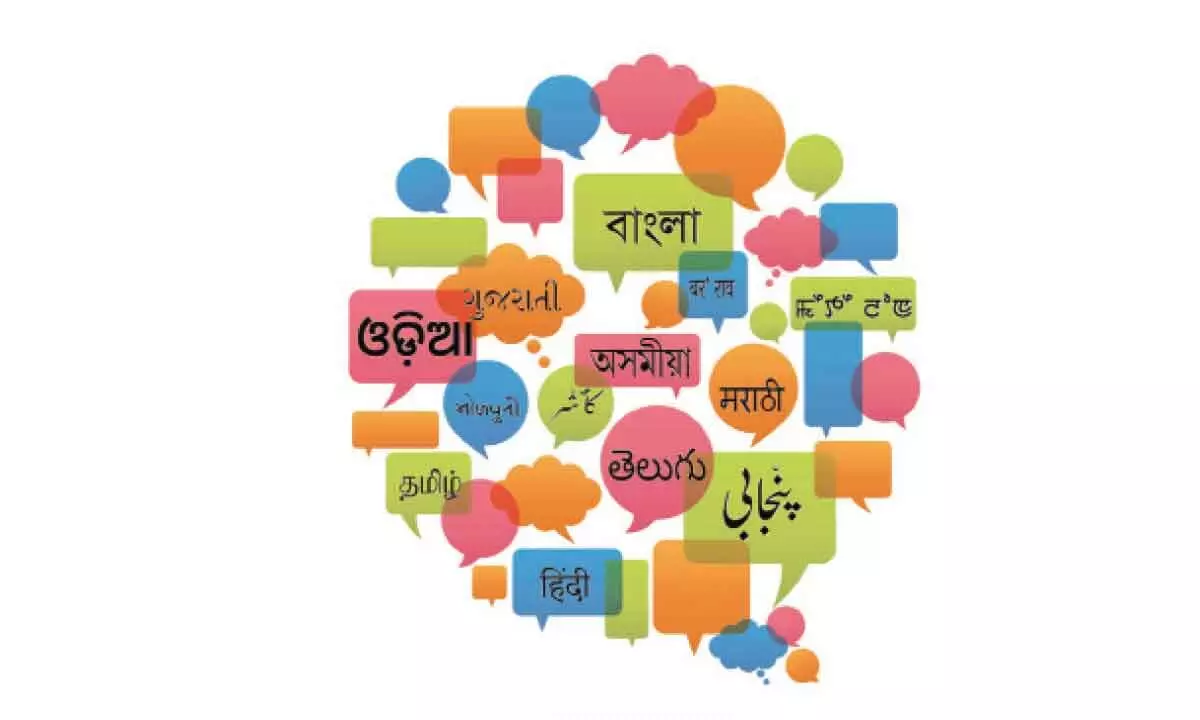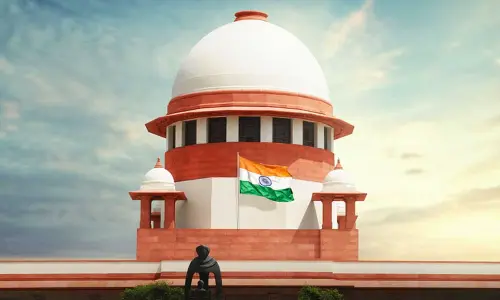Preserving India’s Cultural Heritage: The Role of Languages

Languages are crucial for maintaining Indian culture, as they communicate knowledge and identity. With over 1,600 languages spoken, India has one of the highest linguistic diversities globally. Preserving cultural heritage is vital for representing collective knowledge, traditions, and customs. Preserving ancient languages like Sanskrit and Pali provides insights into India’s rich cultural history and appreciation of diverse traditions and customs
Languages are crucial for maintaining Indian culture, as they communicate knowledge and identity. With over 1,600 languages spoken, India has one of the highest linguistic diversities globally. Preserving cultural heritage is vital for representing collective knowledge, traditions, and customs. Preserving ancient languages like Sanskrit and Pali provides insights into India’s rich cultural history and appreciation of diverse traditions and customs.
Influence of ancient languages on cultural heritage
Ancient languages have significantly impacted India’s cultural heritage, with Sanskrit shaping literature, religion, and philosophy. Classical languages like Tamil, Telugu, and Kannada preserve regional heritage and traditions. These languages uphold distinct identities and honour historical roots, while Tamil, Bengali, and Marathi hold immense importance as literary works reflecting the diverse cultural fabric of India. Efforts must be made to safeguard and promote these languages to ensure the continuation of India’s rich cultural legacy.
Linguistic diversity as a reflection of India’s cultural richness
India’s linguistic diversity, with over 1,600 languages spoken, reflects its cultural richness. Each language represents a unique culture, customs, and traditions, providing insight into India’s heritage. Preserving these languages is crucial for safeguarding India’s cultural legacy and connecting future generations with their ancestral roots. Indigenous languages preserve diverse practices and traditions, while tribal languages foster identity and pride. Indian languages also preserve customs, rituals, and folklore, passing down intricate traditions and local history from generation to generation. Therefore, safeguarding and promoting these languages is essential for ensuring the continued preservation of India’s cultural heritage.
Role of languages in literature and the arts
Languages are crucial for expressing, preserving, and transmitting cultural heritage in India. The diverse linguistic landscape has led to a rich tapestry of literature and artistic expressions, each with its unique cultural nuances and traditions. These languages form the foundation of the country’s cultural heritage, ensuring its continuity and relevance in an ever-changing world. Literary masterpieces like Sanskrit epics, Tamil literature’s Thirukkural, and Kannada’s Pampa Bharata provide a window into different regions’ traditions, customs, and values.
Preserving ancient texts and scriptures in various languages is essential for safeguarding India’s cultural heritage. Institutions like libraries, universities, and research centres play a vital role in conserving and digitising these texts, ensuring their longevity and accessibility. Languages also influence literary styles, genres, and themes, with Hindi literature characterised by devotional and spiritual themes and Tamil literature showcasing a distinct poetic style, Sangam literature.
Promoting cultural heritage through performing arts is essential for preserving the rich traditions of India. The diverse forms of performing arts, such as dance, music, and theatre, showcase the cultural identity of different regions. By actively encouraging and supporting performing arts, India can ensure its cultural heritage’s continued growth and relevance for future generations.
Languages as identity markers and cultural symbols
Languages are essential identity markers and cultural symbols in India, with a rich linguistic diversity across different regions. Each language represents a distinct cultural heritage and contributes to the unique identity of its speakers. Hindi is the official language, while Tamil, Bengali, and Telugu have their indigenous scripts and literary traditions. These languages preserve India’s cultural heritage and transmit traditional knowledge, folklore, and values from one generation to another. Linguistic diversity promotes pride and unity among citizens, fostering understanding and empathy. Languages also serve as signifiers of social, ethnic, and religious affiliations, carrying traditions, values, and identities.
Language plays a crucial role in religious practices and rituals, transmitting sacred texts and guiding worshippers in their quest for divine enlightenment. Safeguarding languages is essential for ensuring the longevity and vitality of religious practices and rituals within a cultural context. Preserving unique dialects and variations within languages is crucial for the cultural heritage of India, providing insight into the history, traditions, and cultural practices of different communities. By safeguarding these distinct linguistic variations, India ensures the preservation of its rich cultural tapestry and reflects its speakers’ unique experiences and perspectives.
Challenges and efforts in preserving languages for cultural heritage
Preserving languages for cultural heritage in India presents challenges due to its vast linguistic diversity, with over 1,600 languages spoken across its regions. Rapid globalisation and the increasing popularity of English as a lingua franca threaten the vitality of indigenous languages. Government initiatives, language institutes, and non-governmental organisations play crucial roles in documenting and reviving endangered languages.
The rapid spread of the English language has led to a decline in regional languages, closely linked to India’s cultural heritage. The migration of people from rural to urban areas has also resulted in the loss of indigenous languages, forcing them to assimilate into dominant linguistic groups. The dominance of major languages also poses a challenge, as the prevalence of English and foreign languages often needs to pay more attention to smaller regional languages, diminishing their cultural heritage and excluding a significant portion of the population from equal opportunities. Addressing the dominance of major languages is essential for preserving diverse cultures within Indian society.
Impact of globalisation and urbanisation on local languages
India’s cultural diversity is rooted in its rich linguistic heritage, making language preservation essential for safeguarding unique traditions and customs. Globalisation and urbanisation have significantly impacted local languages, leading to a decline in usage and adoption. This issue is exacerbated by migration from rural to urban areas, endangering the survival and preservation of India’s rich linguistic diversity. Initiatives to preserve and revive endangered languages are crucial, with organisations and government bodies working to document, promote, and revitalise these languages. Government support is crucial for language documentation and conservation projects. At the same time, grassroots organisations and NGOs play a vital role in promoting linguistic diversity, raising awareness, and organising revitalisation programs, workshops, and cultural events.
Conclusion
Language preservation is vital for India’s cultural heritage, as it transmits traditions, values, and historical narratives, fostering identity, cultural diversity, and intergenerational communication. India’s multiculturalism contributes to its diverse traditions, and protecting and promoting these languages is essential for preserving the rich cultural heritage. Policy support, educational initiatives, and public awareness campaigns can help safeguard India’s linguistic diversity and promote multilingualism. Collaboration between educational institutions, government bodies, and communities is essential for implementing language preservation programs, supporting documentation efforts, and promoting multilingualism.
(The writer is an Assistant Director on deputation with the National Gallery of Modern Art, Ministry of Culture, New Delhi)

















